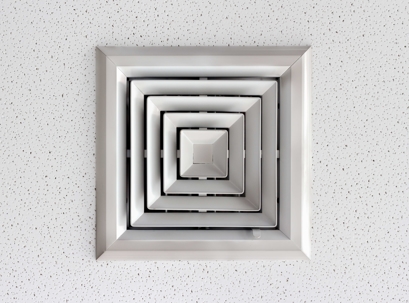The average home is typically overwhelmed with millions of microscopic airborne contaminants that can contribute to health concerns, such as sickness and allergy attacks. The primary location to find these pollutants is in your ducts, since it is a part of your home which experiences little to no activity. As time progresses, the number of contaminants in your ducts exponentially develop in major concentrations. Then once you turn on your HVAC system, the contaminants are blown and dispersed throughout your home with the capability of infecting your loved ones and guests.
The following are the common types of contaminants found in your home’s ductwork:
- Animate contaminants – Classified as living organisms, they are comprised of contaminants such as bacteria, dust mites, mold spores, and viruses. While they are not as abundant as their inanimate counterparts, the pose the most dangerous health effects. Bacteria and viruses cause a variety of illnesses. Dust mites can substantially irritate the lungs and mold spores have plenty of adverse effects on your health.
- Inanimate contaminants – This type of contaminant is derived from living organisms in the form of dust, dander, pollen, and the byproducts of animals and plants. They are considered as lung irritants, causing coughing and sneezing when inhaled. For those who suffer from allergies, inanimate contaminants may cause their eyes to water and sinuses to swell.
The best way to eradicate these contaminants, improve your health and air quality is by having your air ducts cleaned at least once every two years. Duct cleaning removes these contaminants from your ducts before they have the opportunity to spread throughout your home and infect you.
If you are interested in making an appointment with a member of our Glendale HVAC team, please reach out to Moe Plumbing services!

